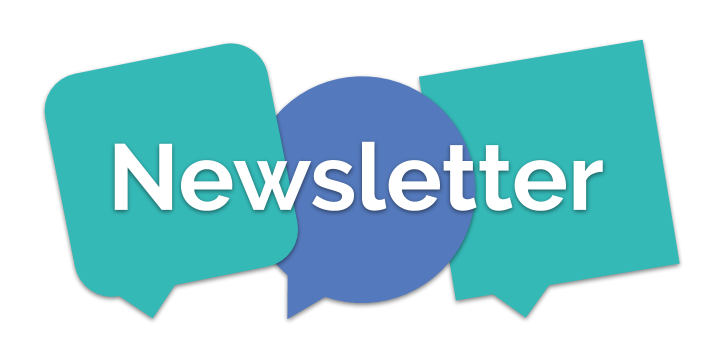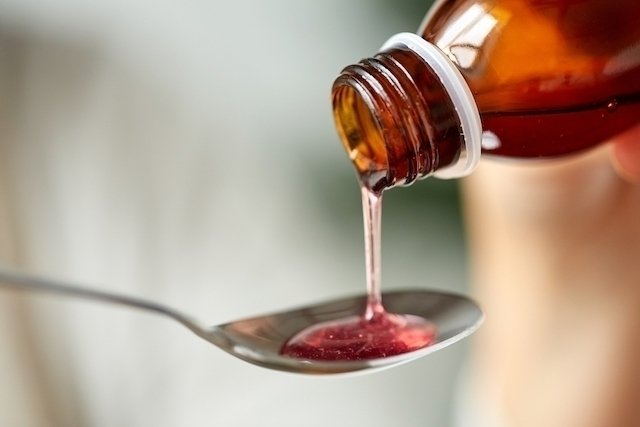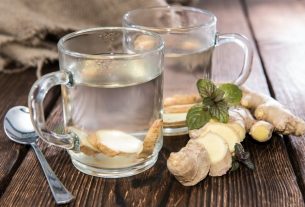Expectorants for babies can help to make phlegm more liquid, making it easier to eliminate, relieving coughing with phlegm. This is because coughing with sputum is a reflex of the body to expel phlegm from the respiratory system and, therefore, should not be avoided with medications that inhibit its elimination, but rather that fluidize the phlegm.
Expectorant medicines for babies under 2 years old should only be used if recommended by the pediatrician, after evaluating the risks and benefits of their use and identifying the cause of the baby’s cough, which may occur due to flu, colds, asthma, bronchitis, allergy or even gastroesophageal reflux, for example.
In addition, some homemade ways that help the baby’s expectoration are nebulizing or washing the nose with saline solution, offering small amounts of water throughout the day or increasing the supply of breast milk or formula, for example.
Expectorant medicines
Treatment with expectorant medicines for babies under 2 years of age can help thin mucous secretions and also help clean the bronchi and eliminate mucus.
However, there is no scientific evidence that the use of expectorants in babies under 2 years of age brings benefits to relieve coughs, as coughing is a natural reflex of the body to try to expel phlegm from the airways.
Additionally, babies under 2 years of age are at greater risk of side effects from expectorant medications, such as nausea, vomiting, diarrhea, gastrointestinal irritation, allergic reactions or even airway obstruction.
Therefore, its use should only be done with a pediatrician’s recommendation, after evaluating the baby’s health conditions, symptoms and the risks and benefits that the use of expectorants can bring to the baby.
For children over 2 years old, there are some options for children’s expectorants that may be recommended by your pediatrician. See the main children’s expectorants for children over 2 years old.
Homemade tips
Some homemade ways that can help increase expectoration, unblock the nose and relieve the baby’s cough are:
1. Increase the supply of breast milk or formula
In the case of babies under 6 months of age, who have not yet been introduced to food, increasing the supply of breast milk or formula helps ensure the body’s hydration, which allows the phlegm to become fluid and improve the nasal congestion that may be causing it. the cough.
2. Offer small amounts of water
For babies over 6 months, a good way to increase body hydration is to offer small amounts of filtered water or juice throughout the day, such as apple or orange juice, for example.
These drinks should be offered to the baby when the cough is under control, to avoid choking and should be at room temperature, so as not to cause throat irritation.
3. Rinse the baby’s nose with saline solution
Washing the baby’s nose with 0.9% saline helps to remove phlegm from the nose, because when there is a lot of secretion in the baby’s nose, this phlegm can cause post-nasal drip, which consists of passing through the back of the nose and reaching the throat, causing irritation and increasing coughing.
To wash your baby’s nose with 0.9% saline solution, you can apply 2 or 3 drops of the serum to each nostril, 2 to 3 times a day. See how to wash your nose.
4. Aspirate with a bulb syringe
After applying the drops of 0.9% saline solution to the baby’s nose, the secretion can be aspirated with a bulb syringe, which is similar to a small pear-shaped air pump, which can be purchased at the pharmacy.
To use the bulb syringe, you must squeeze the body (balloon) of the pump and then insert the tip into the beginning of the baby’s nostril. Then, the pump is released and the secretions are gently aspirated. It is very important not to squeeze the syringe while it is inside the baby’s nostril, as this can push secretions deeper, making them more difficult to eliminate.
After using the bulb syringe, you must wash it with hot water and soap to prevent the development of fungi and bacteria, as well as let it dry completely before using it again.
5. Nebulize with saline solution
Nebulizing with 0.9% saline helps hydrate the airways, reduce irritation and help relieve coughing.
To perform nebulization, you must use an electric nebulizer. Another option is to give the baby a warm bath with the bathroom door closed, to produce steam in the environment, helping with hydration. Learn how to nebulize correctly.
6. Humidify the environment
Humidifying the environment by placing a basin of hot water in the baby’s room allows the baby to breathe water particles, which helps keep the airways hydrated and fluidizes the phlegm. It is very important that the basin is kept out of the baby’s reach, especially when they can crawl or walk, to avoid accidents.
Another option is to use a room humidifier. However, care must be taken not to use the humidifier excessively, as excessive humidity can lead to the growth of mold in the baby’s room, cause allergies and worsen coughing. Check out other simple ways to humidify the environment.
When to go to the doctor
It is important to take your baby to the pediatrician in the following situations:
- Cough in newborns or babies under 6 months;
- Intense cough;
- Dry cough, especially at night;
- Cough after choking;
- Pain or presence of discharge in the ear;
- Constant sneezing;
- Wheezing when breathing;
- Vomiting;
- Decreased appetite;
- Fever above 38º C;
- Weight loss;
- Excessive tiredness.
Furthermore, if the baby shows signs of difficulty breathing such as very rapid breathing, bluish color or paleness, you should go to the hospital immediately.

Sign up for our newsletter and stay up to date with exclusive news
that can transform your routine!
Warning: Undefined array key "title" in /home/storelat/public_html/wp-content/plugins/link-whisper-premium/templates/frontend/related-posts.php on line 12
Warning: Undefined array key "title_tag" in /home/storelat/public_html/wp-content/plugins/link-whisper-premium/templates/frontend/related-posts.php on line 13




